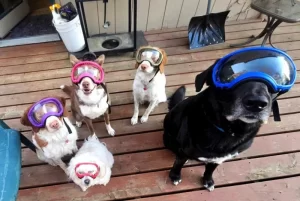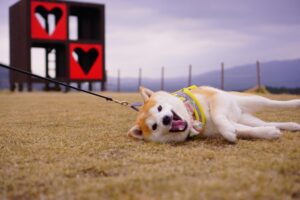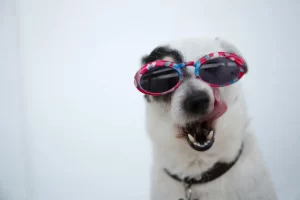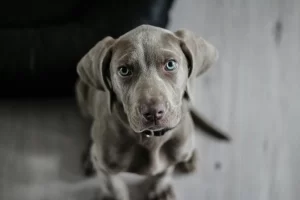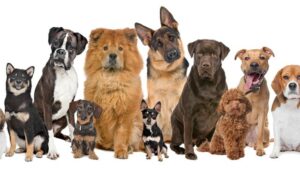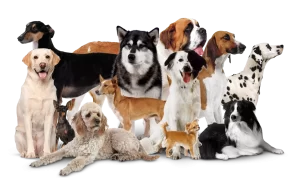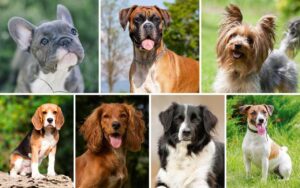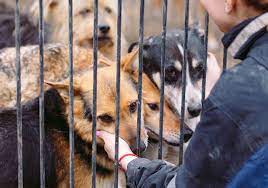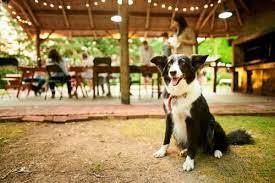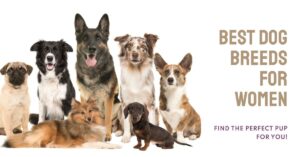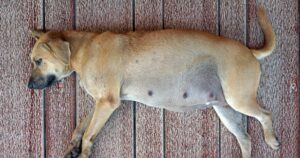Allergy concerns make poodles popular with families, but are these dogs really hypoallergenic? Poodles have a reputation for being easier on allergy sufferers, mostly thanks to their curly coats. But the true answer depends on more than just their breed name.
Understanding the different coat types, and the science behind pet allergies, can help you set realistic expectations before bringing a poodle home. If you want a pet that’s easier to live with, especially for those with sensitivities, you’ll want to know what makes poodles different from other breeds. For families with children or anyone curious about kid-friendly options, exploring how poodles compare to other breeds like those listed among the best dogs for families with kids is a smart first step.
Table of Contents
ToggleWhat Does Hypoallergenic Mean in Dog Breeds?
You’ve probably seen the word “hypoallergenic” used when shopping for dogs, especially breeds like poodles. It sounds simple, but the real meaning is often misunderstood. While many people believe a hypoallergenic dog won’t cause allergies at all, the truth is a bit different. Let’s break down what this term means and what it doesn’t.
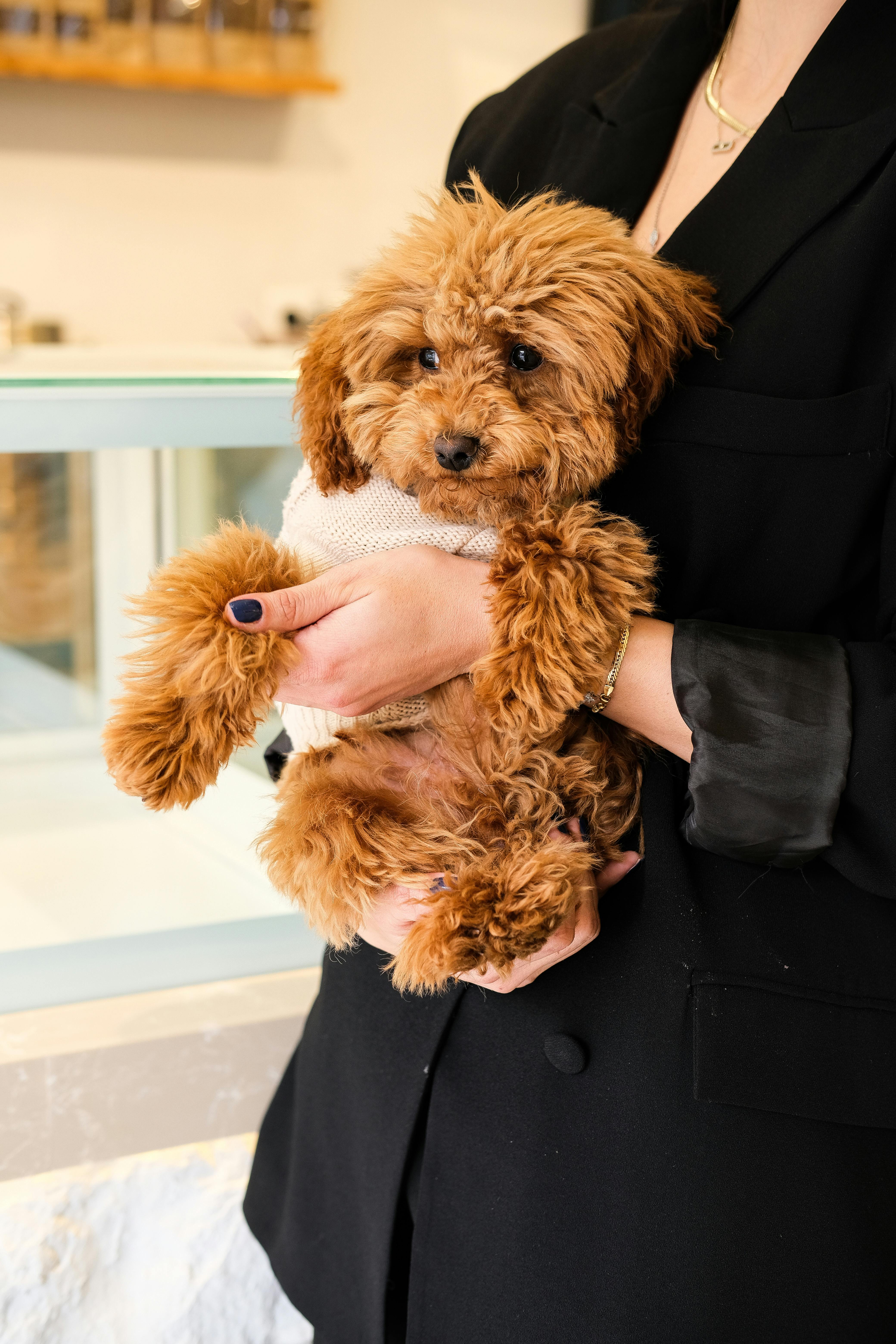
Hypoallergenic vs. Non-Allergenic: The Real Difference
The term “hypoallergenic” means a dog is less likely to cause allergies, not that it won’t cause them at all. No dog breed is truly non-allergenic. Even dogs promoted as allergy-friendly can still cause reactions in some people.
- Hypoallergenic dogs: Produce fewer allergens or shed less, but can still trigger allergies.
- Non-allergenic dogs: Do not exist. Every dog has some level of allergens.
So, when breeders or websites call a dog hypoallergenic, they are promising less, not none. It’s important to set expectations before you bring home a new furry friend.
What Causes Allergies in Dog Owners?
If you’ve ever sneezed or itched after petting a dog, you know that allergies are no joke. But what exactly triggers them? It’s not usually the hair or fur itself.
Dog allergies are caused by proteins found in a dog’s:
- Dander (dead skin flakes)
- Saliva
- Urine
These proteins stick to the dog’s fur and dander, which then get scattered all around your house. Even if a dog has hair instead of fur, or sheds very little, the proteins are still present.
The Role of Dander, Saliva, and Fur
Understanding what really causes allergic reactions makes all the difference when choosing a breed. Here’s a quick breakdown:
- Dander: The main culprit. Tiny flakes of dead skin carrying allergenic proteins.
- Saliva: When dogs groom themselves or lick people, those same proteins can trigger symptoms.
- Fur/Hair: While fur itself isn’t an allergen, it traps dander and saliva, spreading them around as the dog moves, shakes, or sheds.
Regular grooming, frequent vacuuming, and even choosing the right treats—like these DIY dog treat recipes that fit special dietary needs—can sometimes help reduce allergen spread at home, but no routine can make a dog completely allergy-free.
If you want to welcome a dog into your life but struggle with allergies, understanding the source of pet allergens is your first step to making the best choice for your family.
Understanding Poodle Coat Types and Their Impact on Allergies
Coat type plays a huge role in whether a dog triggers allergies or not. Poodles have curly coats that set them apart from many other breeds, and this makes a difference for people with sensitivities. If you’re considering a poodle because of allergy concerns, knowing the specifics about their coats—and how routine care affects allergen levels—can set you and your family up for success.
The Three Main Poodle Sizes: Standard, Miniature, and Toy
Poodles come in three size categories: standard, miniature, and toy. While their sizes differ, their coat texture is similar. All have curly—or sometimes wavy—hair that clings to shed fur and dander instead of letting it float around your space.
Here’s how the sizes break down:
- Standard Poodles: The largest of the three. They often have very dense, tight curls.
- Miniature Poodles: Medium in size. Their hair texture is usually a bit softer, but still curly and close to the skin.
- Toy Poodles: The smallest variety. Their coats are fine but tightly curled or wavy, just like their big cousins.
No matter the size, each poodle’s coat traps hair and dander, helping keep allergen spread to a minimum. Still, every dog is unique, so individual differences in shedding and dander do exist among the sizes.
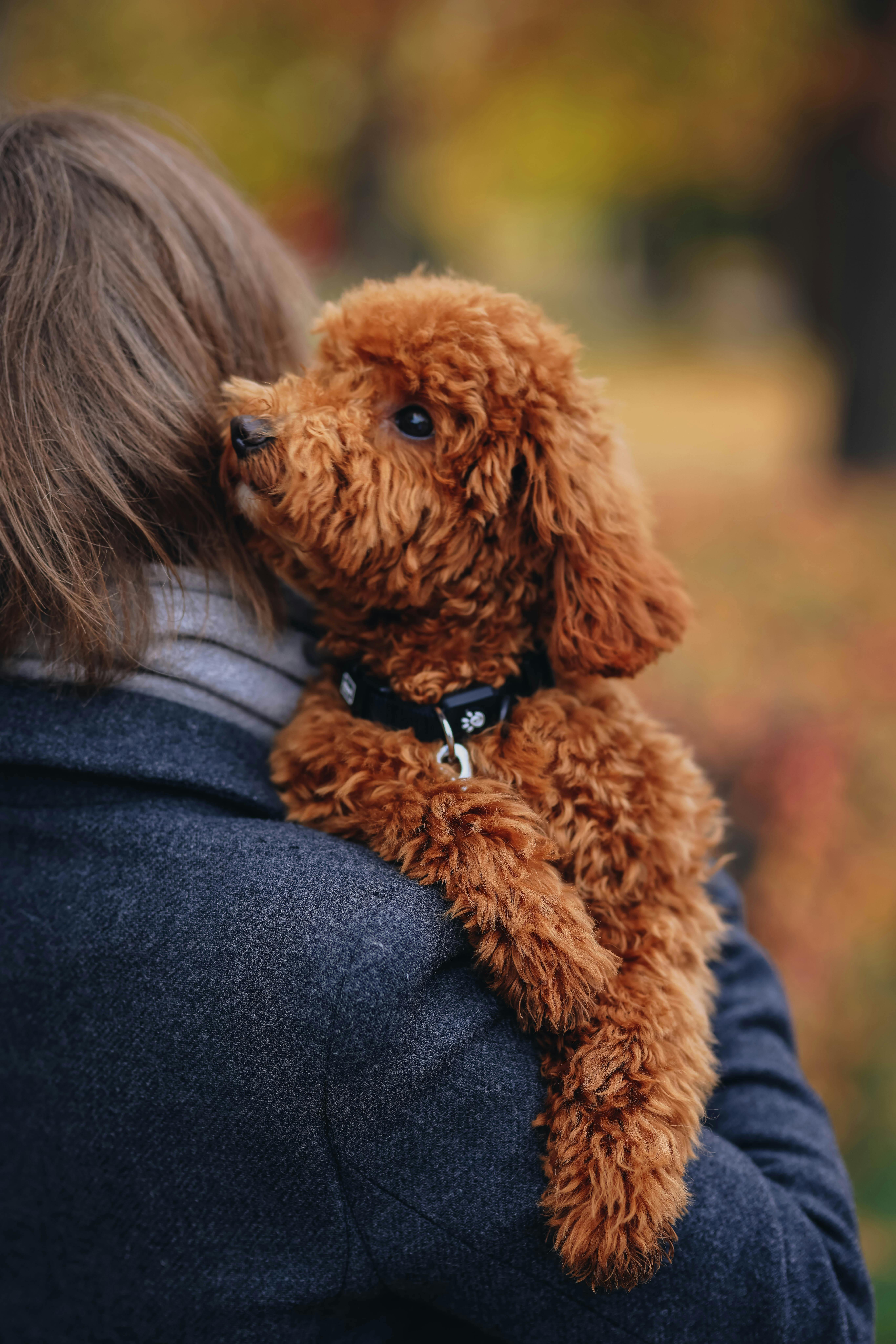
How Poodle Coats Differ from Other Breeds
Poodles’ hair grows continuously rather than shedding in large amounts like most double-coated breeds. Unlike, say, Labradors or German Shepherds—breeds that drop clumps of fur everywhere—poodles lose fewer loose hairs.
Poodle coats:
- Are tightly curled or wavy, which helps trap particles.
- Grow more like human hair, needing regular trims instead of seasonal blowouts.
- Shed less than many other breeds, leading people to group them with “hypoallergenic” and even kid-friendly dog breeds.
While poodle coats help contain dander, they don’t eliminate it. Allergies stem from protein particles in skin, saliva, and urine—not just fur. That’s why even non-shedding breeds can cause reactions, just usually at a lower rate.
Grooming and Maintenance for Allergen Reduction
Routine grooming is key for anyone who wants a poodle but wants to keep allergy symptoms in check. Poodles’ curly coats can trap not only dander, but also dirt and pollen, which may irritate allergies.
Smart grooming habits for allergy reduction:
- Brush frequently: At least 2-3 times weekly to keep the coat free of mats and to pull out trapped dander.
- Bathe regularly: A rinse every 3-4 weeks cuts down on loose hair and allergens.
- Trim professionally: Regular haircuts every 6-8 weeks prevent excess buildup in the coat.
- Clean living spaces: Wash bedding, vacuum floors, and consider HEPA air filters for extra protection.
Grooming isn’t just about looks—it actively lowers the amount of allergens your dog spreads. These simple routines can hit pause on shedding cycles, keep your house cleaner, and make life easier for anyone with dog allergies.
Poodles’ grooming needs are higher than short-haired breeds, but their lower shed factor offsets the extra care. If you’re new to dog ownership, you can reference this guide on the best dog breeds for beginners for more insights into breeds with varying grooming requirements.
Regular care keeps your poodle looking sharp—and your home safer for allergy-prone family and friends.



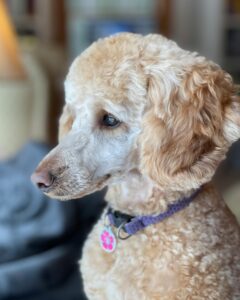



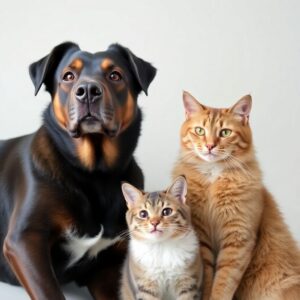

![The Ultimate Guide to Road Tripping with Your Dog [2025 Update]](https://bellabeanupdate.com/wp-content/uploads/2025/05/pexels-photo-1143369-300x209.jpeg)

